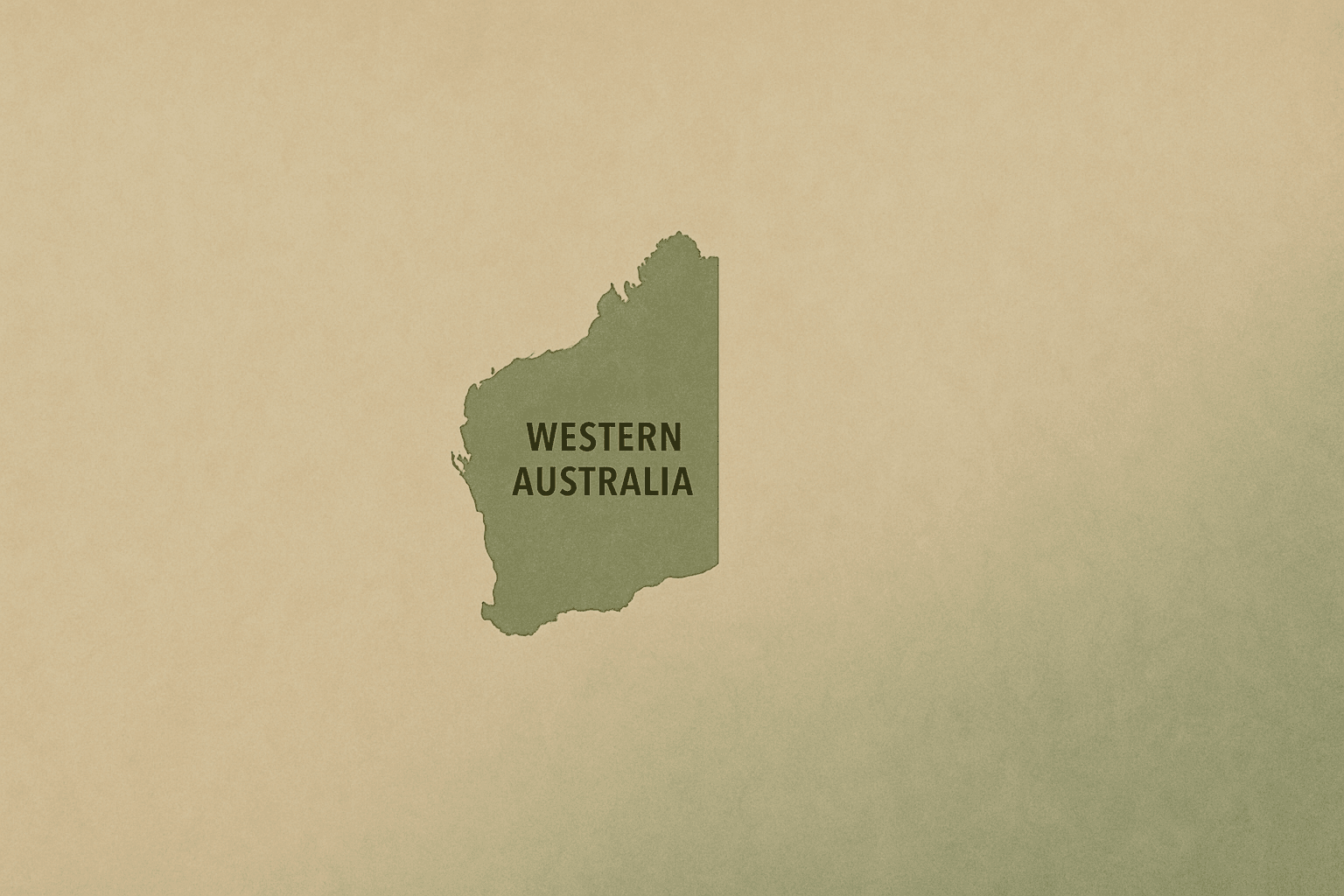Last Updated on September 13, 2025
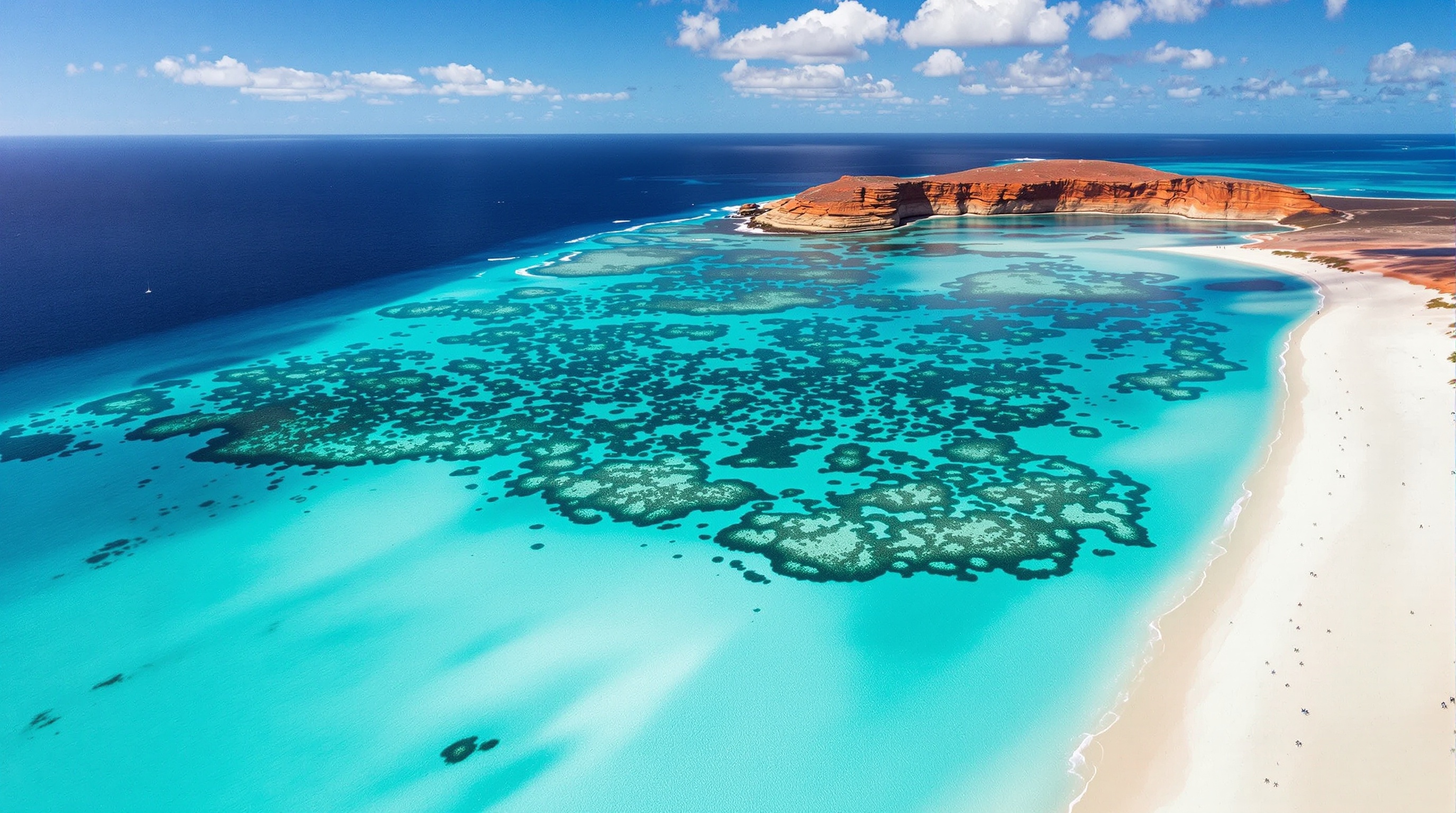
The First Glimpse
The red dirt road stretches endlessly ahead, your campervan’s wheels churning up dust clouds that dissipate into the vast Western Australian sky. Then, without warning, the horizon fractures. A line of impossible turquoise appears, so vivid it seems painted against the ochre landscape. This is your first glimpse of Ningaloo – Australia’s largest fringing reef and one of the planet’s last pristine marine sanctuaries.
Unlike the distant Great Barrier Reef, Ningaloo literally touches the shore. You can walk from your beachside campsite directly into waters where whale sharks glide and manta rays soar. This is accessibility meeting wilderness in the most spectacular way imaginable.
Close your eyes and listen to the gentle bubbling of Ningaloo’s underwater world, complete with distant whale calls.
Swimming with Giants
The spotter plane circles overhead, its pilot scanning the impossibly clear waters below. “Whale shark at 12 o’clock, 200 meters!” The boat lurches forward, adrenaline pulsing through every passenger. Within minutes, you’re slipping into water so clear you can see the sandy bottom 30 meters below.
Then you see it – a shadow the size of a school bus gliding effortlessly through the blue. Your heart stops. The whale shark, earth’s largest fish, approaches with ancient grace, its spotted hide creating a living constellation in the underwater cathedral of light. You’re not just observing nature; you’re floating within it, part of a moment that connects you to something far greater than yourself.
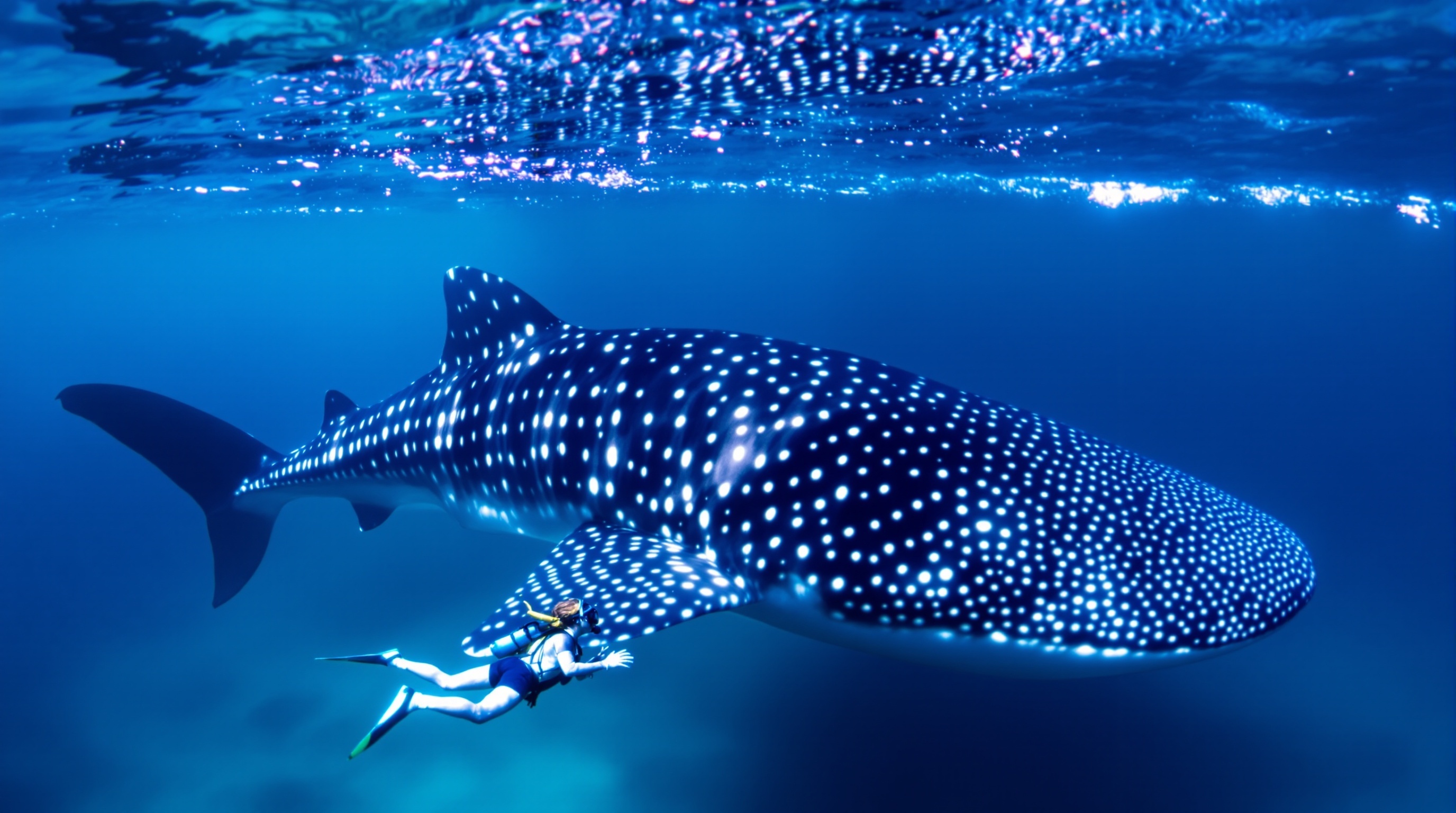
Dr. Sarah Mitchell explains what makes Ningaloo’s whale shark aggregation unique and the conservation challenges facing this World Heritage site.
The Living Reef
Beyond the whale sharks lies an underwater metropolis. Ningaloo hosts over 500 species of fish, 300 types of coral, and 600 different molluscs. Each snorkeling session reveals new characters in this aquatic drama – from tiny cleaner wrasse darting around massive potato cod to schools of snapper creating silver tornadoes in the blue.
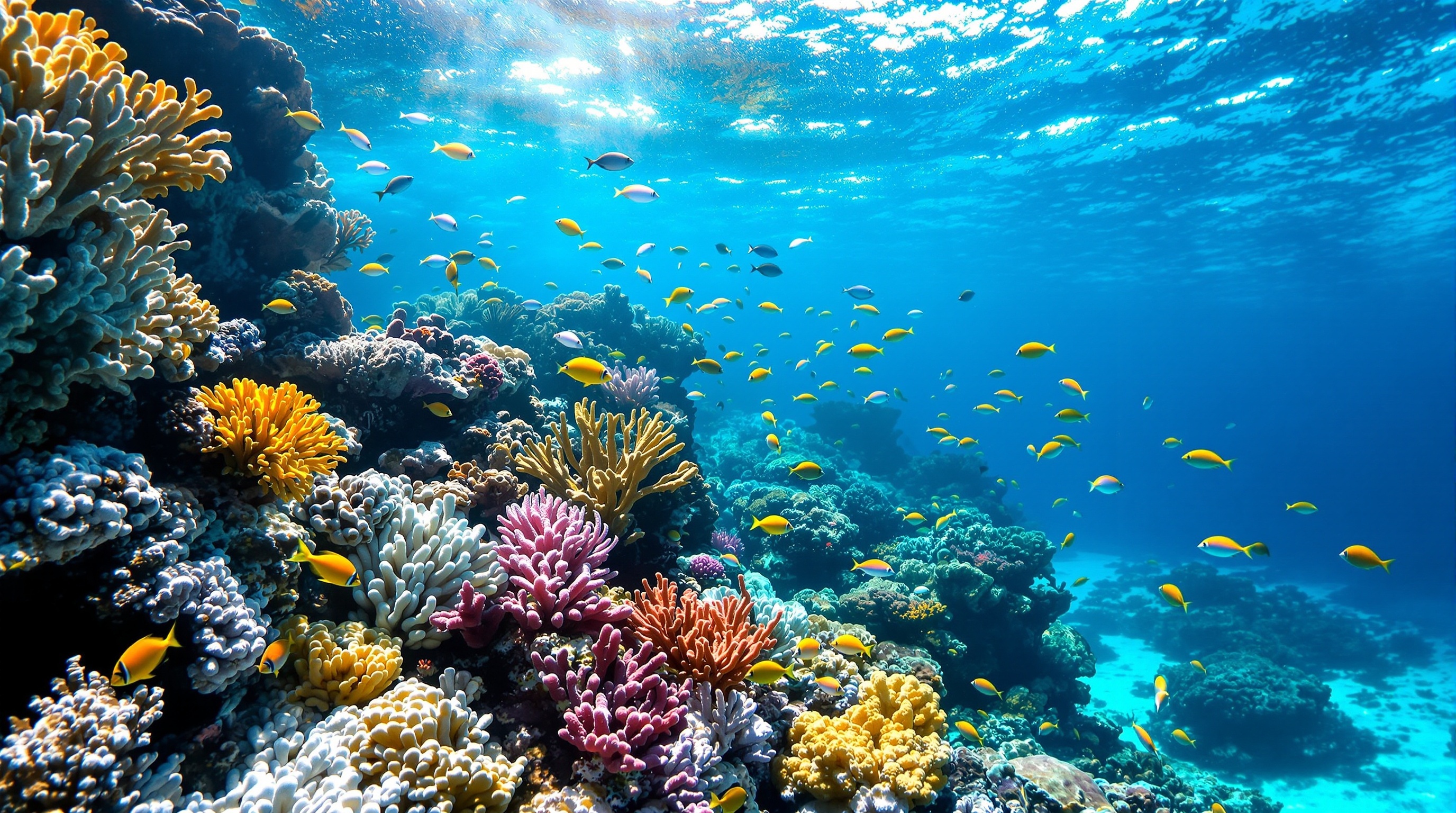
The reef’s positioning between tropical and temperate waters creates something extraordinary – a biodiversity hotspot where tropical parrotfish share territory with temperate blue gropers. It’s an ecosystem so rich that marine biologists are still cataloguing new species.
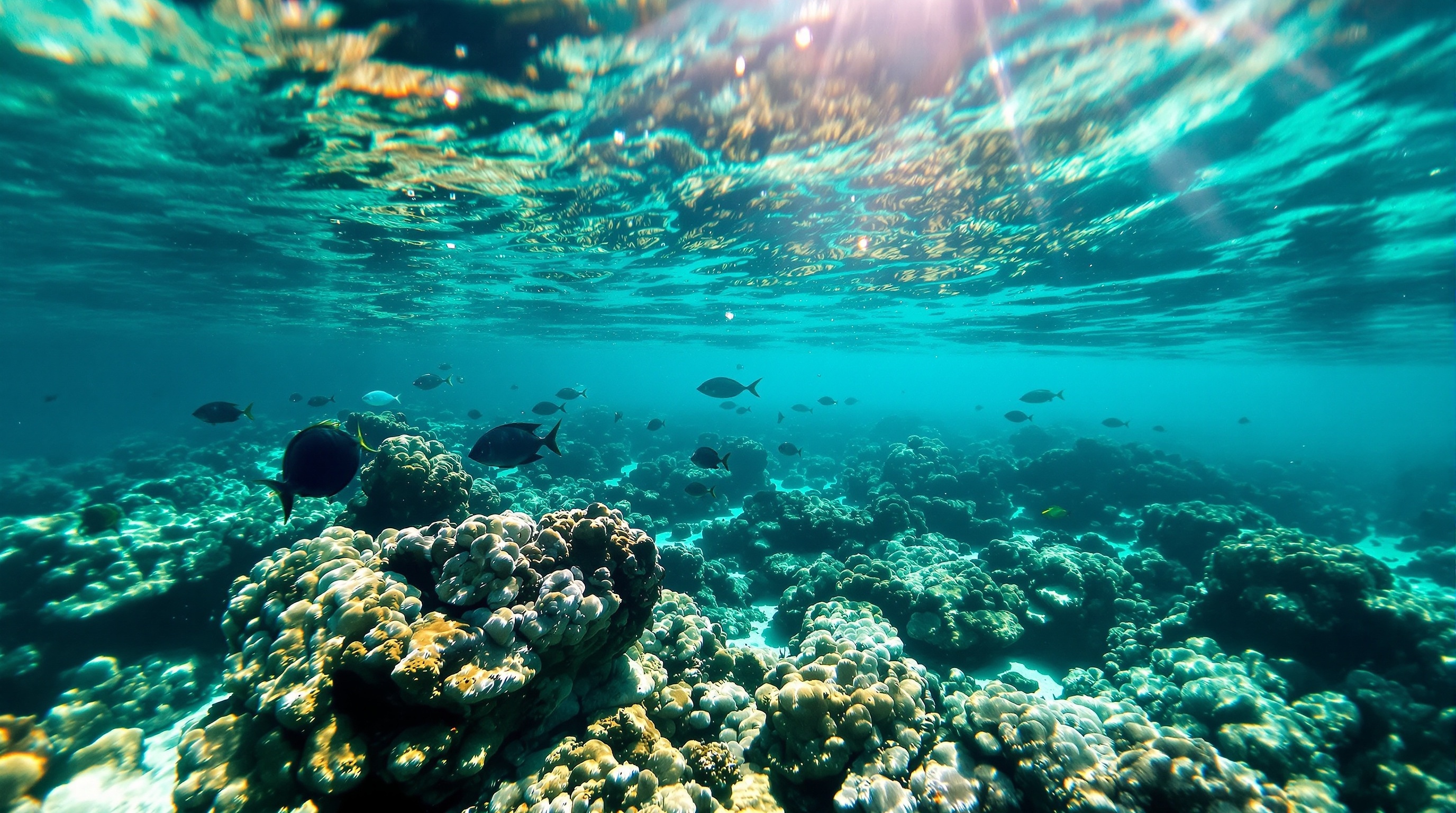
Under Desert Stars
As the sun sets over the Indian Ocean, your 4WD camper becomes a front-row seat to one of nature’s greatest shows. The beach stretches empty in both directions, the only sounds the gentle lapping of waves and the distant call of a curlew. This is camping as it was meant to be – wild, remote, and utterly transformative.
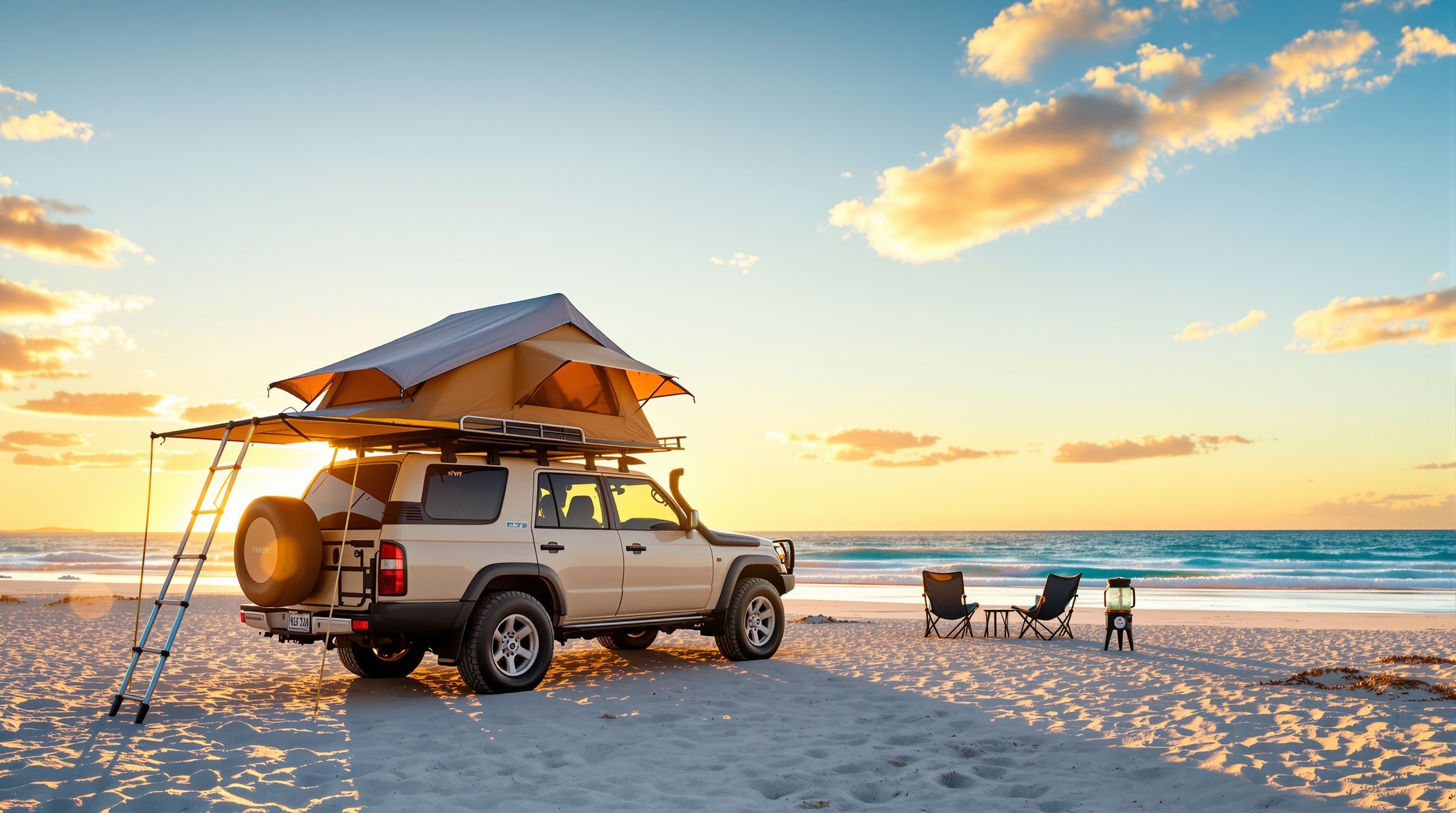
Cape Range National Park offers dozens of beachside camping spots, each more spectacular than the last. From Osprey Bay to Kurrajong, you can wake up meters from some of the world’s best snorkeling. No resort can replicate this connection to country, this sense of being utterly alone with one of Australia’s greatest natural treasures.
The peaceful sounds of your Ningaloo camp: gentle waves, night breeze, and the profound silence of true wilderness.
A Treasure Under Threat
Reality Check: The 2024-25 marine heatwave was the most intense on record for Western Australia, causing significant coral bleaching across 31-60% of northern and central Ningaloo. Climate change isn’t a future threat here – it’s happening now.
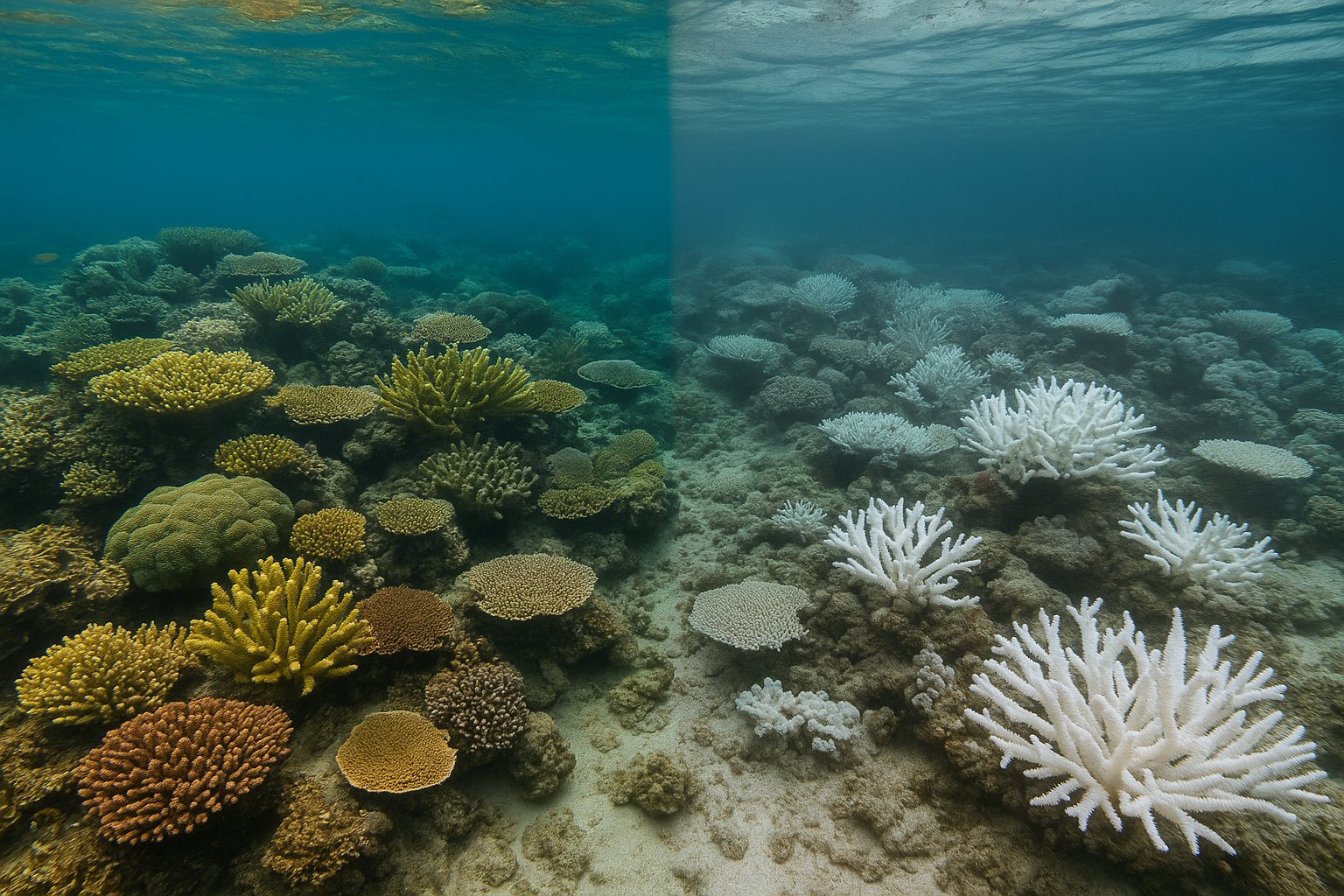
Yet there’s hope. Ningaloo’s remarkable resilience, combined with its UNESCO World Heritage protection and ongoing research, offers a blueprint for reef conservation. Every responsible visitor, every dollar spent on sustainable reef tourism, directly funds the monitoring and protection efforts that keep this ecosystem alive.
This isn’t just about preserving beauty – it’s about maintaining one of the planet’s most important carbon sinks, nurseries for global fish populations, and a living laboratory teaching us how marine ecosystems can adapt and survive.
Planning Your Ningaloo Adventure
🐋 Best Time to Visit
Whale Sharks: March-July (peak: May-June)
Humpback Whales: June-November
Weather: Year-round, but March-October ideal
🚗 Getting There
From Perth: 1,270km (14 hours) via North West Coastal Highway
Base Towns: Exmouth (north) or Coral Bay (south)
Fuel Stops: Geraldton, Carnarvon essential
🏕️ Accommodation
Camping: Cape Range National Park (book ahead)
Caravan Parks: RAC Exmouth, Ningaloo Caravan Resort
Unique: Sal Salis eco-luxury tents
💰 Essential Costs
Park Entry: $17/vehicle/day
Camping: $15/adult/night
WA Parks Pass: $89/year (included with all our vehicles, no need to pay for park entries)
Your Ningaloo Adventure Awaits
Experience Western Australia’s marine paradise with the freedom only a campervan can provide. Wake up meters from world-class snorkeling, camp under unpolluted night skies, and create memories that will last a lifetime.
Responsible Travel: Choose tour operators committed to reef conservation. Your visit directly supports marine research and protection efforts at this World Heritage site.

